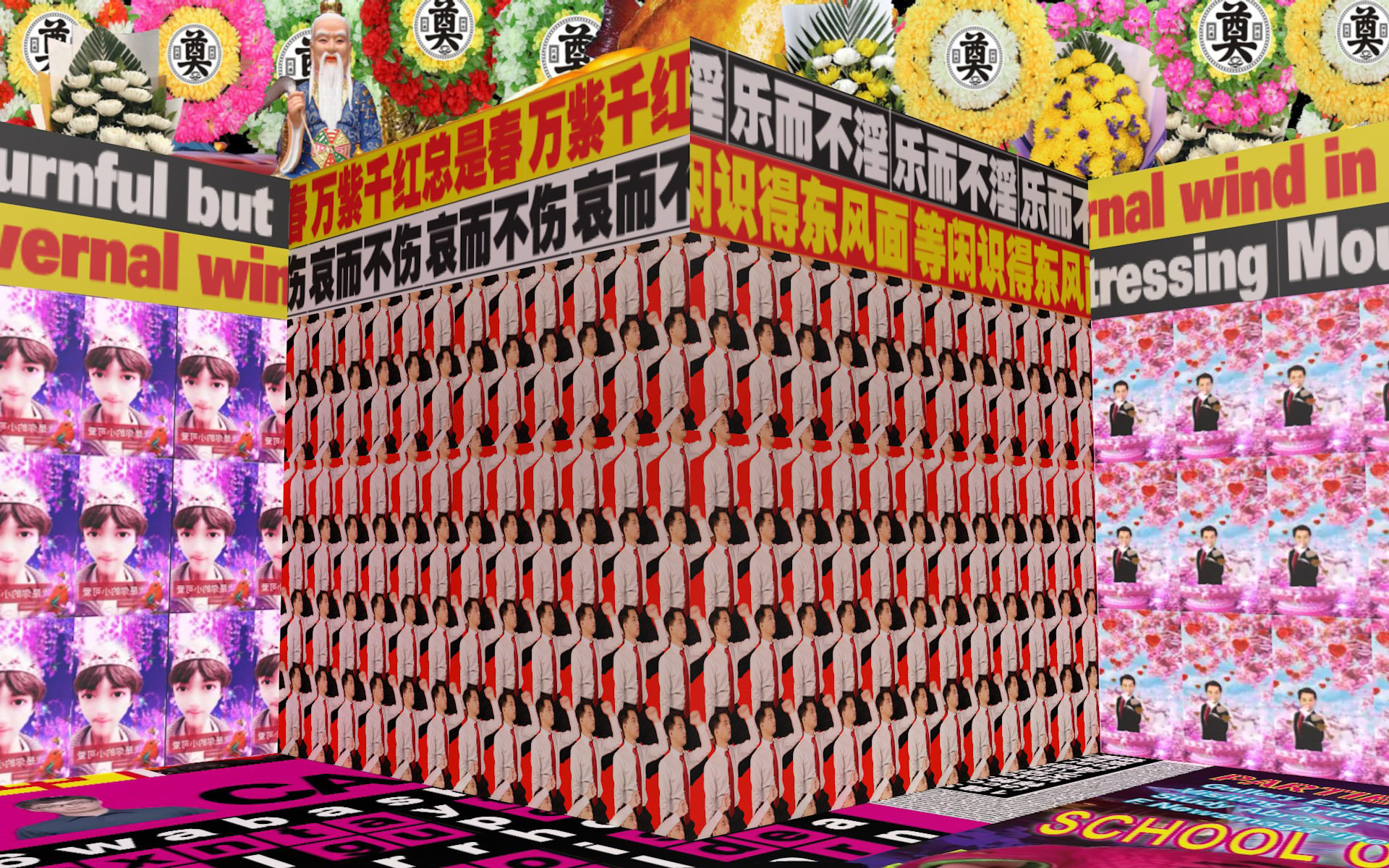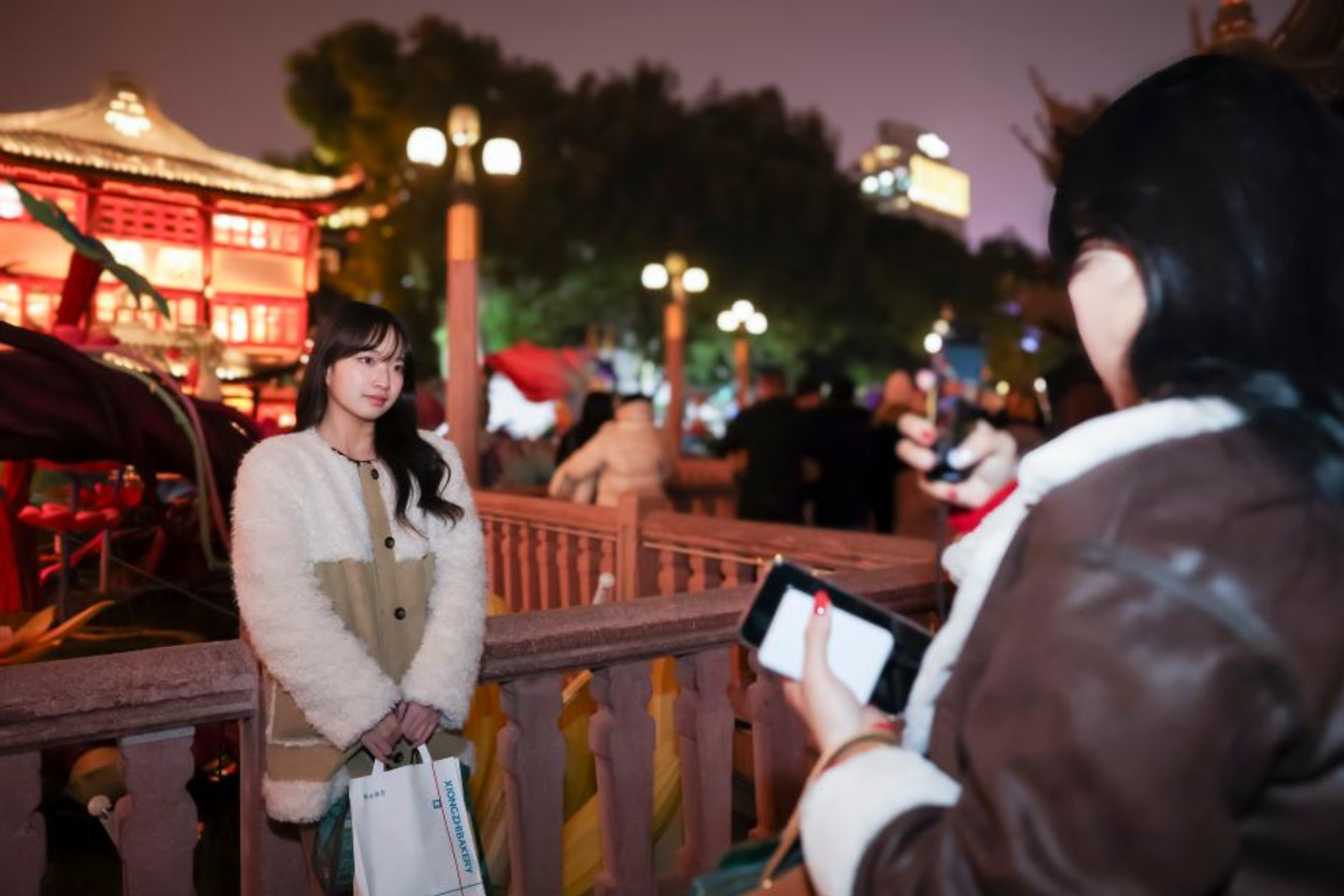Today’s photo was taken by Beijing-based filmmaker and musician Joshua Frank. It’s the outside seating area of a newly opened noodle restaurant in Beijing’s upscale Sanlitun neighborhood, “in ‘soft opening mode’, with lines out the door. They sold out of noodles.”
The reason I’m including it with this week’s photo theme — “handwriting” — is the decor: the chicken scratch on the back wall and the railing next to the diners is a blatant ripoff of the inimitable King of Kowloon:
Tsang was born in Liantang Village (蓮塘村), Gaoyao, Zhaoqing, Guangdong, China. He travelled to Hong Kong at the age of 16, he was a poor worker and was barely literate. He began to mark the streets of Hong Kong with his distinctive graffiti at the age of 35. He claimed that he had studied his ancestral tree and discovered that most of the land of Kowloon belonged to his ancestors. He said that Kowloon belonged to his grandfather. There are no records to back up Tsang’s claim.
He was arrested for his graffiti several times, but the police usually just gave him a warning or a small fine. His family disowned him, saying he was mentally unbalanced and a public nuisance and his wife had grown tired of his obsession and left him.
I went on the hunt for work by the King a few years ago and didn’t find much. There’s a single column with his scrawls preserved behind a plexiglass window at Hong Kong’s Tsim Sha Tsui Pier, and I saw a motorbike covered in his hand at this ridiculously bourgie street-art themed bar. While he attained some recognition late in life (he passed away in 2007, at age 85), for the majority of his public art career he was regarded as a vandal, and his works were erased almost as soon as they went up. They now live on only in photos and a few works in private hands.
So, yeah. Systematically scrubbed from Hong Kong only to re-appear as decoration in an overpriced hipster noodle shop in Beijing. The irony’s a bit much but I suppose posthumous commodification is better than being forgotten.

















